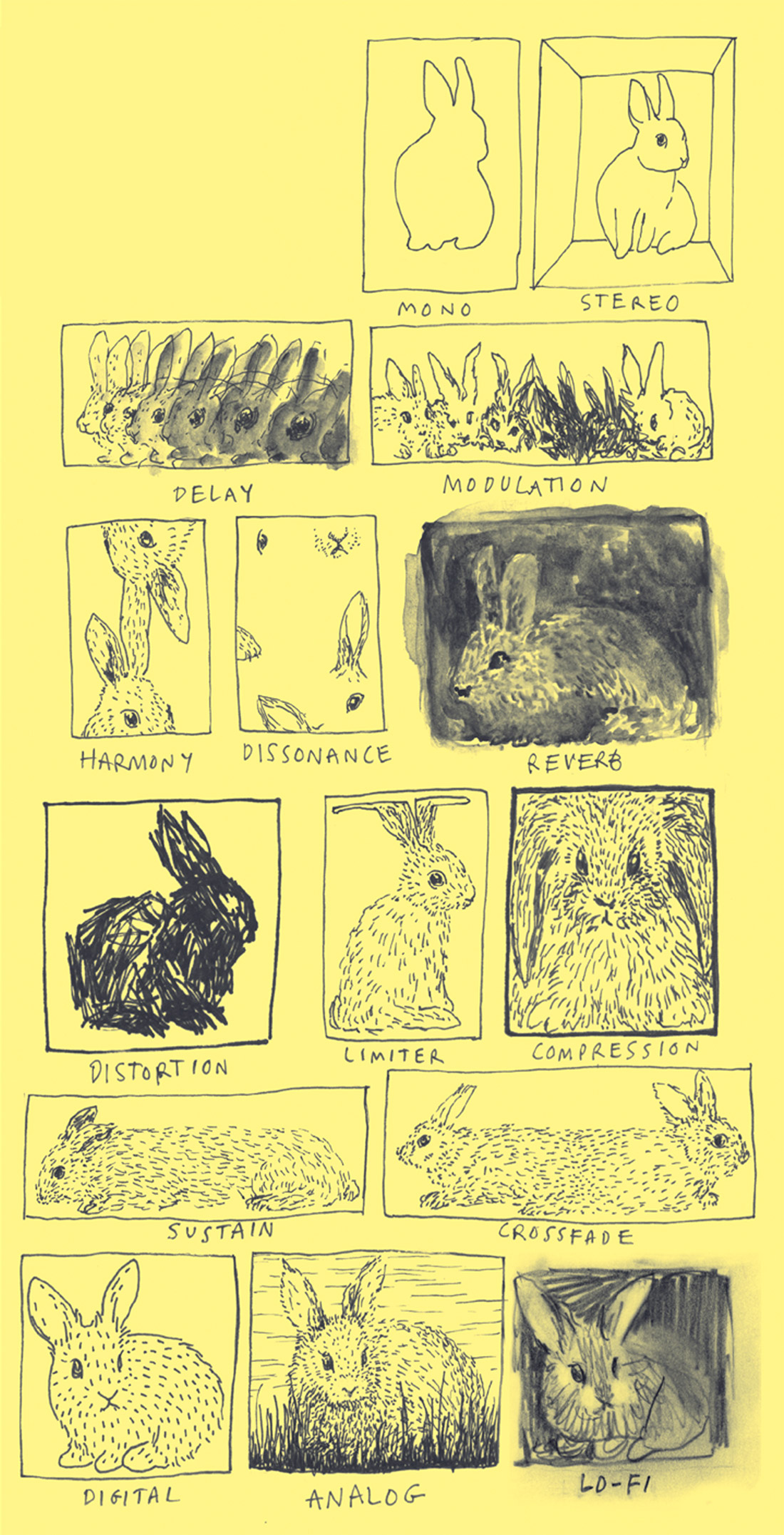Like many Tape Op readers (especially guitarists), I've amassed a somewhat embarrassing collection of effects pedals over the decades. For me, it started in 1982, too young to drive, when I pedaled my bike three towns away to buy a used Univox Micro Fazer for $15. I still have it, and yes, it is still pretty awesome.
As awesome as stompboxes are, and as fun as they are to collect, many will agree that it's possible to have too much of a good thing. Yes, there are many wah pedals out there, and each has its own sonic flavor, but how many can one realistically provide a haven for? How much cabinet space is truly worthy of storing, say, 25 different types of overdrive pedals? What does one do when the collection of boxes becomes too sprawling? The paradox of physical choice can indeed be crippling.
Those trailblazing pioneers of effect modeling, Line 6, have struck again, collecting over a hundred of their best virtual effects from over the years and condensing them into one stompbox, the M5. Seemingly, it's all here: delays of all characters and vintages, distortions, fuzz, every type of modulation you could think of, several different ring modulators, wahs, filters, reverbs, and more. And they are handily organized by type into five main color-coded categories/banks: reverb, distortion, delay, modulation, and filter. You can scroll through the presets and then tweak five parameters, each with its own knob. It's all pretty easy. Tweaking the device in real-time can feel like using a real (i.e., non-modeled) stompbox. And all the modern accoutrements are there: MIDI, tap tempo, expression pedal jack, even a serviceable tuner.
I spent a lot of time auditioning the sounds and, when possible, comparing them to their "real" counterparts. Boy, the modulation stuff (in particular, the simulation of the super-rare Boss VB-2 Vibrato pedal) was breathtakingly legit, as were the delays. The distortions were impressive and very useable, but didn't always sound exactly like the real thing. I loved the wahs and filters (employing an expression pedal). It was fun to be able to check the difference between a slew of classic wah pedals, at the touch of a button, without having to unplug and replug. I was not blown away by the authenticity of the reverb sounds. The "spring" models, for example, did not sound all that much like a real spring reverb; the "boinginess" sounded stuttered and simulated to my ears. But that's not to say it was unmusical or terrible sounding - certainly good enough for most stage applications.
Since it only does one effect at a time, the M5 is not a "replace your entire pedalboard" type of device. Line 6 actually has larger, expanded (and more expensive) versions such as the M9 and M13 for that application. But the M5 can certainly be a handy thing to have around the studio, especially for quick stompbox auditioning/experimenting. And in live situations, I could see it coexisting nicely with other stompboxes, acting as sort of the "anything goes" pedal, providing unusual effects that are not necessarily needed for every song. I could almost see using two of them in tandem, since they're so compact and comparatively cheap.
Enthusiasms? Bang-for-buck factor is huge. For the price of a single boutique overdrive pedal, you can have hundreds of (mostly) shockingly accurate virtual stompboxes at your fingertips (and toes), all in a box a little bigger than a Pro Co Rat.
Reservations? Hmmm... it's all pretty impressive, especially given the affordability. I suppose the smallish screen can be a bit hard to read, but I also respect the desire to keep the M5 small. The housing is not made with the heaviest-gauge metal, and there are slightly-visible pre-scored lines, presumably for ease of fabrication. But you know what? Big deal - it's definitely robust enough for regular live use, and the "roll bar" is a nice "safety feature" in that it helps prevent accidentally stepping on the knobs.
As a studio owner and guitarist who has probably 50 or so pedals at the ready, would I want an M5? The answer is a very definite "yes!" The paradox of virtual/scrollable choice, I believe, is not crippling.




_disp_horizontal_bw.jpg)